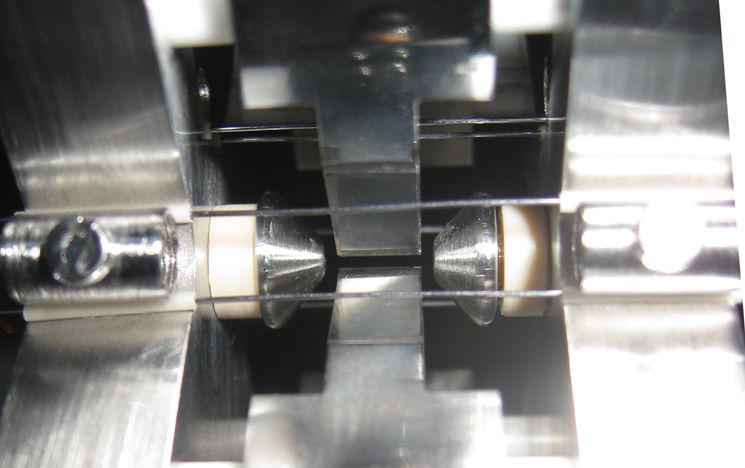About
The ICTM-group was established in 2012 at the University of Sussex by Matthias Keller with the aim to investigate and employ the interaction of ions and light and ions with atoms and molecules.

The ITCM-group was established in 2012 at the University of Sussex by Dr Matthias Keller to investigate and employ the interaction of ions and light, and ions with atoms and molecules. It emerged as a result of the merger of the Ion Trap Cavity-QED group (ITCQ) and the Molecular Physics Laboratory (MPL).
Ion Trap Cavity QED research
The cavity-QED experiments exploit the interaction between single ions and photons to create an interface between the information stored in the atomic ion and light. This interface constitutes an essential building block for a future version of the internet, the quantum internet, in which quantum information is distributed between remote quantum computers. Another aspect of the research is the use of cavity induced processes to create entanglement – a peculiar correlation of multi-particle quantum systems between local and remote ions. We explore different ion trap cavity systems to implement this. Two systems are based on fibre cavities while conventional mirrors are employed in two other implementations.
Find out more about Ion Trap Cavity QED research
Molecular Physics research
Our understanding of the universe is based on a set of equations which describe the properties of all the constituents of matter and their interactions. The strength of these interactions is described by a set of fundamental constants such as the fine structure constant (describing the strength of the electromagnetic interaction) or the electron-to-proton mass ratio which describes essentially the relative strength between the electromagnetic and strong interaction. Some attempts to create a unified theory of the universe predict that these fundamental constants are subject to change. By measuring changes in molecular transitions and comparison with the appropriate atomic transitions a potential change in the electron-to-proton mass ratio can be detected. At our research group we perform high precision spectroscopy on molecular nitrogen ions and compare the results with transitions within atomic calcium ions, trapped alongside the molecules. In this way we aim to detect any changes of the mass ratio.
Additionally, we investigate chemical reactions at ultra cold temperatures that are just a few thousandth of a degree above zero temperature. In this regime, quantum mechanical effects such as tunnelling and submerged barrier reflection become important. By employing trapped molecular ions which are laser cooled through co-trapped atomic ions, a cold molecular target is prepared which then interacts with a slow beam of neutral molecules. This project is in collaboration with Prof Tim Softley.
Find out more about Molecular Physics research
Technology development
We are developing techniques to produce cavities formed by laser machined end facets of optical fibres. This is the ultimate miniaturisation of optical cavities which enable the direct coupling of light in and out of optical fibres. Due to the laser machining process we can achieve cavities with low birefringence in combination with long cavity lengths of up to 1mm.
Another technology development aims to miniaturise ion trap set-ups to create portable atomic clocks based on trapped atomic ions, by integrating all optics into the trapping structure.
Find out more about Portable optical atomic clocks